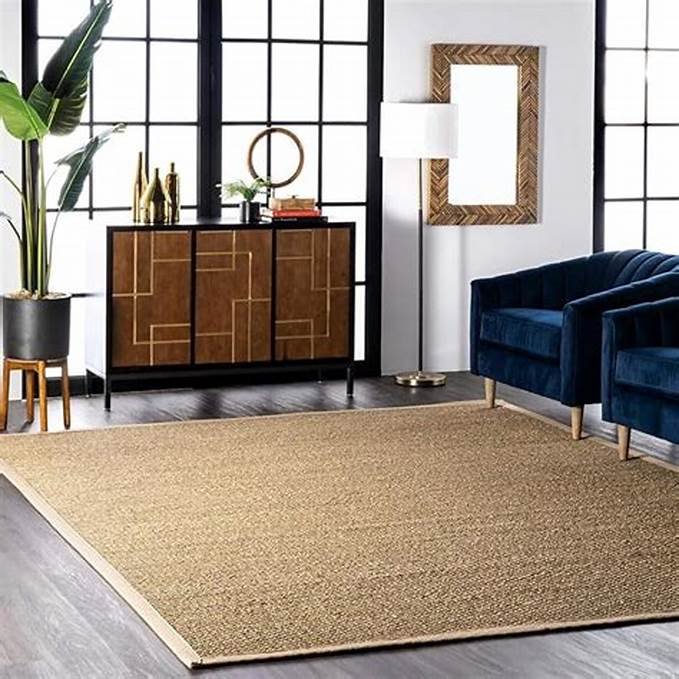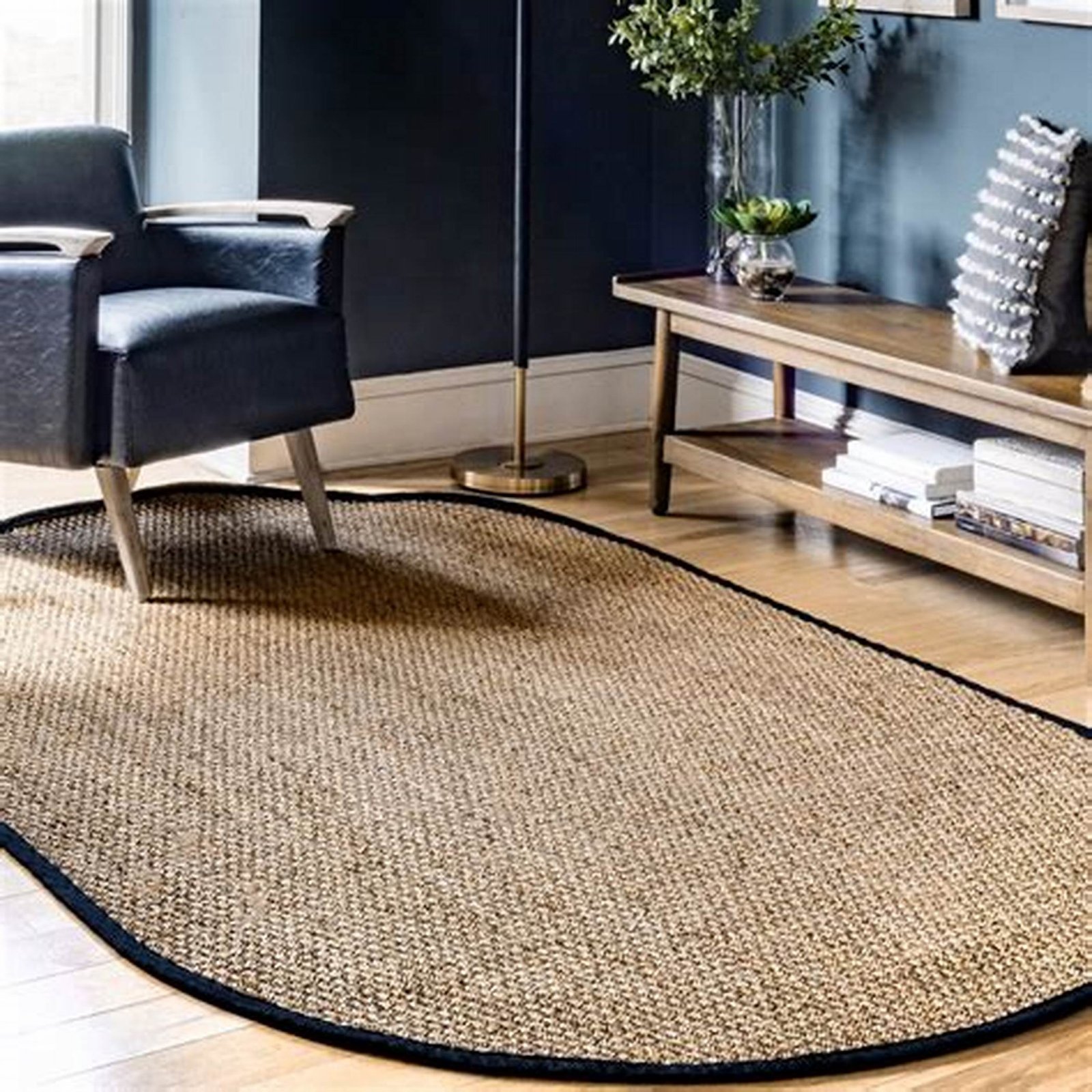In recent years, eco-friendly rugs have gained popularity as more people seek sustainable home decor solutions. Choosing eco-friendly rugs not only enhances your living space but also supports environmental conservation. Here’s a guide to sustainable rug options that can help you make an eco-conscious choice for your home.
1. Natural Fiber Rugs
Natural fibers are a great choice for eco-friendly rugs. They are biodegradable and often produced with minimal environmental impact. Common natural fibers include:
- Wool: Wool rugs are durable and naturally renewable. Sheep grow new wool annually, making this a sustainable option. Moreover, wool is biodegradable, adding to its environmental benefits.
- Cotton: Cotton rugs are soft and versatile. Opt for rugs made from organic cotton, which is grown without harmful pesticides and synthetic fertilizers. This ensures a more eco-friendly production process.
- Jute: Jute is a fast-growing plant that requires little water and pesticides. Jute rugs are sturdy and biodegradable, making them an excellent choice for environmentally conscious consumers.
- Hemp: Hemp is another sustainable option. It grows quickly and requires minimal water and pesticides. Hemp rugs are durable and can be a stylish addition to your home.
2. Recycled Materials
Rugs made from recycled materials offer a way to repurpose waste into useful products. These options help reduce landfill waste and conserve resources. Consider rugs made from:
- Recycled PET (Polyethylene Terephthalate): PET rugs are made from recycled plastic bottles. They are durable, stain-resistant, and help reduce plastic waste. Look for rugs that use 100% recycled PET for a more eco-friendly option.
- Recycled Wool: Some rugs are crafted from recycled wool fibers. This process reuses existing wool, reducing the need for new raw materials. These rugs often maintain the quality and durability of traditional wool rugs.
3. Organic Rugs
Organic rugs are made from fibers grown without harmful chemicals or synthetic pesticides. They are often certified by organizations like the Global Organic Textile Standard (GOTS). Key benefits include:
- Reduced Environmental Impact: Organic fibers are cultivated using methods that minimize environmental harm. This includes avoiding toxic chemicals and promoting soil health.
- Healthier Indoor Air Quality: Organic rugs are less likely to off-gas harmful chemicals, improving indoor air quality. They provide a safer and healthier environment for your home.
4. Handwoven Rugs
Handwoven rugs, especially those made with traditional techniques, often have a lower environmental impact. The use of traditional methods can reduce energy consumption and waste. When choosing handwoven rugs:
- Look for Local Artisans: Supporting local artisans reduces transportation emissions and supports traditional craftsmanship. Handwoven rugs often come with unique designs and high-quality materials.
- Consider Natural Dyes: Rugs dyed with natural, plant-based dyes are generally more eco-friendly than those using synthetic dyes. Natural dyes are less harmful to the environment and often produce beautiful, rich colors.

5. Low-VOC Rugs
Low-VOC (Volatile Organic Compounds) rugs are designed to minimize indoor air pollution. VOCs can contribute to poor air quality and health issues. To ensure a rug is low-VOC:
- Check for Certifications: Look for rugs that have been certified by organizations like Greenguard. These certifications indicate that the rug has been tested for low VOC emissions.
- Opt for Natural Fibers: Rugs made from natural fibers are less likely to emit harmful VOCs compared to synthetic options. They often provide a healthier indoor environment.
Conclusion
Eco-friendly rugs offer a sustainable and stylish way to enhance your home. By choosing rugs made from natural or recycled materials, you support environmental conservation and promote healthier living spaces. Whether you opt for organic fibers, handwoven designs, or recycled materials, there are plenty of eco-friendly options available to suit your taste and values.











